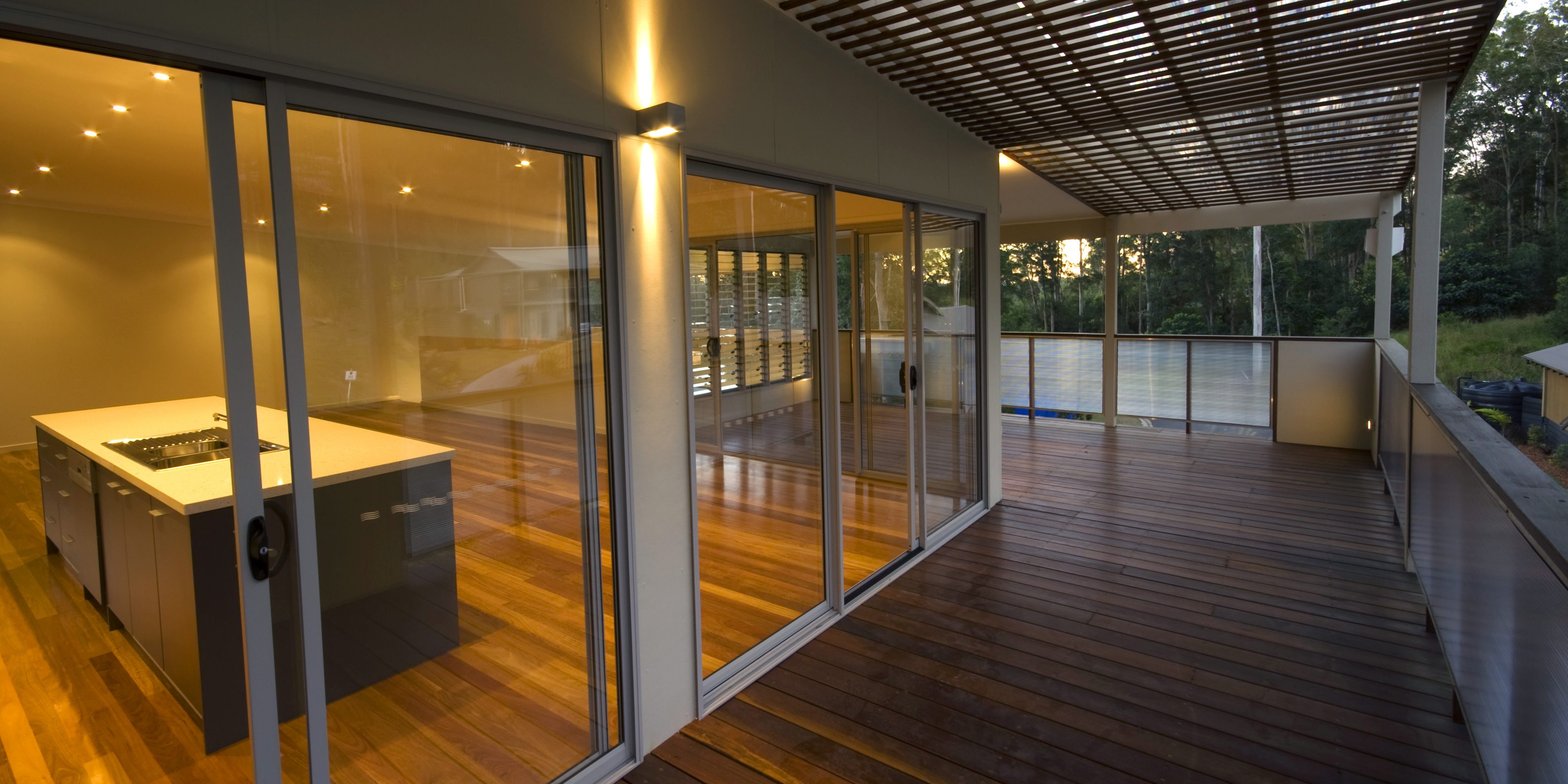 It is unfortunate that some Australians regard their home merely as a money-making asset.
It is unfortunate that some Australians regard their home merely as a money-making asset.
This can lead to people moving constantly, which can have the effect of devaluing the notions of family and neighbourhood. When you think back as a child the places that are often remembered are associated with safety and nurturing like the family home, or places associated with significant events, like holiday locations.
Staying in a house for defined periods of our lives gives us a chance for memory making associated with a familiar building. This is one of the few aspects of life where we change over time, but our surrounds remain largely the same, so much so, that Jung says if you dream of a house it can be representational of the self.
Maslow says that the shelter and security of a home are an intrinsic human need. The home does help to nurture memories, and to provide some of the necessities required for living.
As at June 2016 the Sunshine Coast was increasing its population by 15% a year (the world average population increase is 1.2%). Our average life expectancy in 1950 was 77, in 2010 it rose to 85 and in 2050 is expected to be age 90, so there is going to be more than another decade of housing when we are elderly.
It is only in the last decade however that we have begun to respond to this trend with the uptake of universal housing provisions which are still only included in less than 10% of new housing.
This is a worry because most Australians tend to stay in their homes when they are elderly, which become very costly to retrofit to meet their changing needs. However, there is always the frightful sense that if you leave the home then you also leave behind the memories.
Likewise, the other rather nice aspect of the family home is that it comes with a neighbourhood. This sense of place is why granny often won’t leave for a more practical abode.
Carl Jung and Abraham Maslow are both psychoanalysts from the early 1900s. Adrian Charles Just is Director of Archicology Architects and Sunshine Coast Regional Chair for the Australian Institute of Architects.







